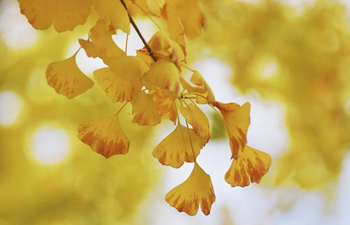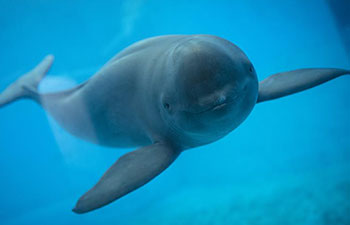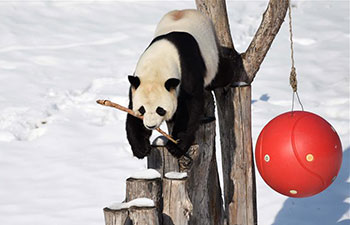SYDNEY, Nov. 14 (Xinhua) -- Genetic analyses of a group of Australian dolphins have helped identify a major source of the animals' migration patterns, providing crucial insights for broader wildlife conservation and protection, according to latest research.
The scientists used the DNA sampling of nearly 200 Indo-Pacific bottlenose dolphins to investigate past genes flow in and out of a population at the coastal Bunbury area of Western Australia, Murdoch University said in a statement about the project related to its research on Wednesday.
The team found that "more than twice as many individuals per generation left Bunbury to join neighboring populations than came in, indicating that Bunbury has historically acted as a 'source' population," said university research fellow Dr Delphine Chabanne.
It was important for marine scientists to identify which wildlife populations were "sources" from which individuals emigrated, and which were "sink" populations that received the migrants, added the study's lead author Dr Oliver Manlik from United Arab Emirates University.
"Dolphins have no borders, and persistence of animal populations often depends on a 'rescue effect' - a scenario in which a declining population can be saved from extinction by taking in immigrants from other populations," he said.
"For the conservation of these dolphin populations, it is important to monitor them closely, and in particular, to keep a close eye on the reproduction of the Bunbury dolphins," said Chabanne.
The latest findings, published in the Marine Mammal Science academic journal, demonstrated how genetic information can be used to give insights into the past migration patterns of animals, according to the researchers.
"Genes are information. They can tell us whether populations are isolated or connected, and shed light on migration patterns of the past -- important information for wildlife conservation," said study co-author Professor Bill Sherwin from the University of New South Wales.
















